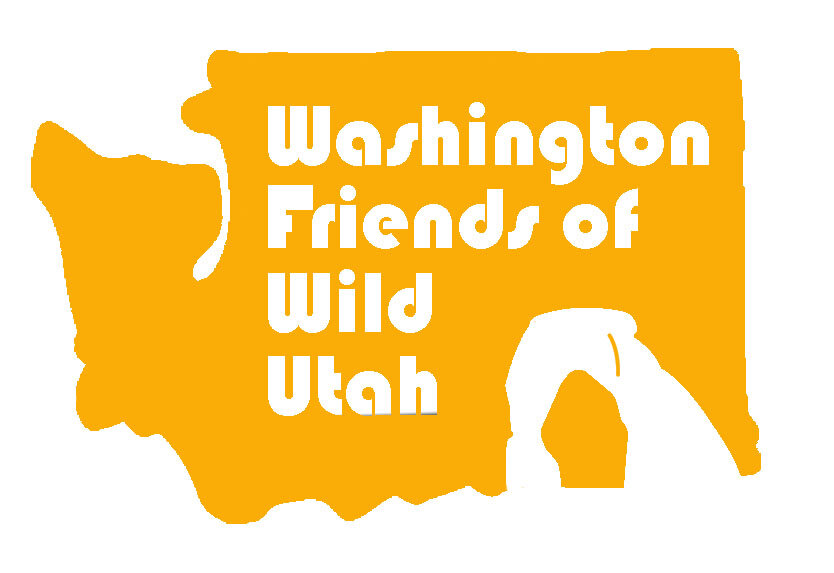Return of the River – The Glen Canyon Story – May 25 Webcast at 6:00 p.m.
By Janet Welch
The "mega drought" impacting the Southwest is a tragedy, a travesty, and--in one way--a dream come true. The tragedy is the devastation being wrecked on the soil, plant. and animal ecosystems which have limited ability to adapt quickly enough to withstand the temperatures and water loss that are making an obviously harsh climate even harsher. The travesty is that humans are acting as if they can either wait out the problem or engineer solutions that will maintain existing lifestyles and economic systems that depend on watered fields, pastures, and lawns and embrace continued population growth.
The dream come true of the drought is a not-so-tiny sliver lining called Glen Canyon. With the flooding of Lake Powell behind the Glen Canyon Dam in the 60's, hundreds of miles of canyons, cultural sites, and riparian ecosystems were drowned. It has been called “America’s most regretted environmental mistake” and the failure to prevent it shifted the strategies and tactics of the environmental movement. Like some others, I only became aware of what was being lost while the waters were rising. For decades I have fantasized over the monkeywrenching that could destroy the dam and resurrect Glen Canyon.
The drought is bringing Glen Canyon back. The forces of nature are far greater than the huge plug of concrete. Lake Powell is at less than 30% capacity and may soon drop below the level at which the dam can produce electricity. The 200-mile-long reservoir of Lake Powell is dropping in elevation, but more significantly it is shrinking in size. As it shrinks, tributaries that were flooded for miles under the dead waters of the full reservoir are re-emerging.
The river is returning as portions of the Colorado River in Cataract Canyon and now increasingly downstream settle back into their historic channels. Rapids and riffles once again let water play where it had lain stuporous in the reservoir. Even more dramatic, however, are the hundreds of side canyons being exposed by the shrinking footprint of the reservoir. Even the sediment layers that had dropped out where stream flows hit the stagnant water of the reservoir are being swept clean in flash floods.
This amazing change is not going unnoticed. The Glen Canyon Institute, among others, is convening scientific field work to document this unique geological event that is occurring in the human timeframe. The restoration of riparian vegetation, scouring of sediments, and re-emergence of cultural and historical treasures are occurring in a mere blink of geologic time.
Want to learn more about this encouraging development? Oregonians for Wild Utah and Washington Friends of Wild Utah together with Southern Utah Wilderness Alliance are hosting a webcast “Return of the River: The Story of Glen Canyon,” featuring Jack Stauss, Outreach Director of the Glen Canyon Institute, on May 25 from 6:00 to 7:00 pm, Jack will share about one the largest unplanned ecological restorations in the world. Register in advance for this meeting:
https://us02web.zoom.us/meeting/register/tZMufuqoqzMjHtLy570UhBiDkv_wwLtu3Jx5
After registering, you will receive a confirmation email containing information about joining the meeting.
Janet grew up in Phoenix and her love for the wilderness was kindled at a young age in the canyons of the Colorado Plateau. Having spent her adult life living near the Canadian border, that passion for the plateau takes her back there nearly as often as to the seas and mountains much closer to home. Her lifelong dream of seeing Glen Canyon might yet come true.



